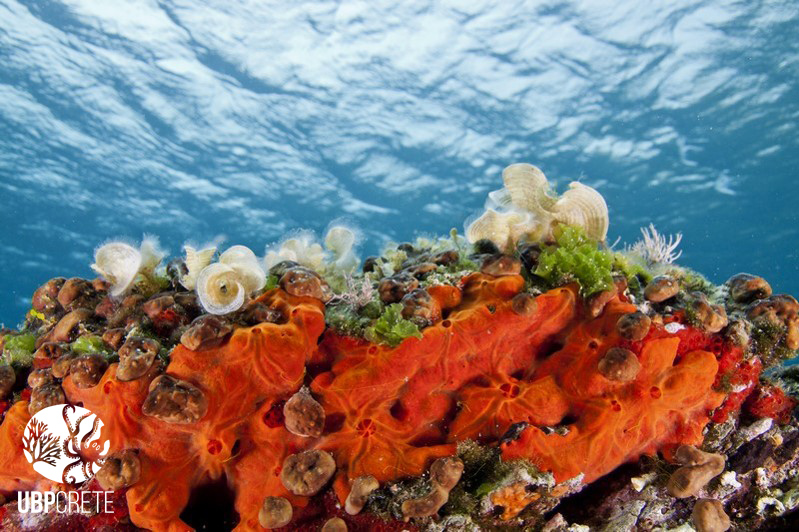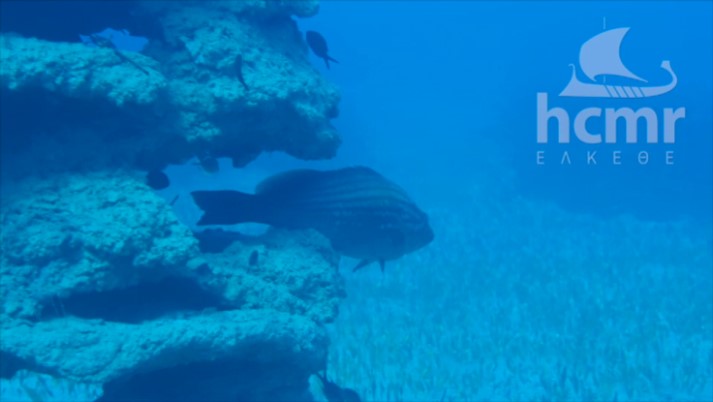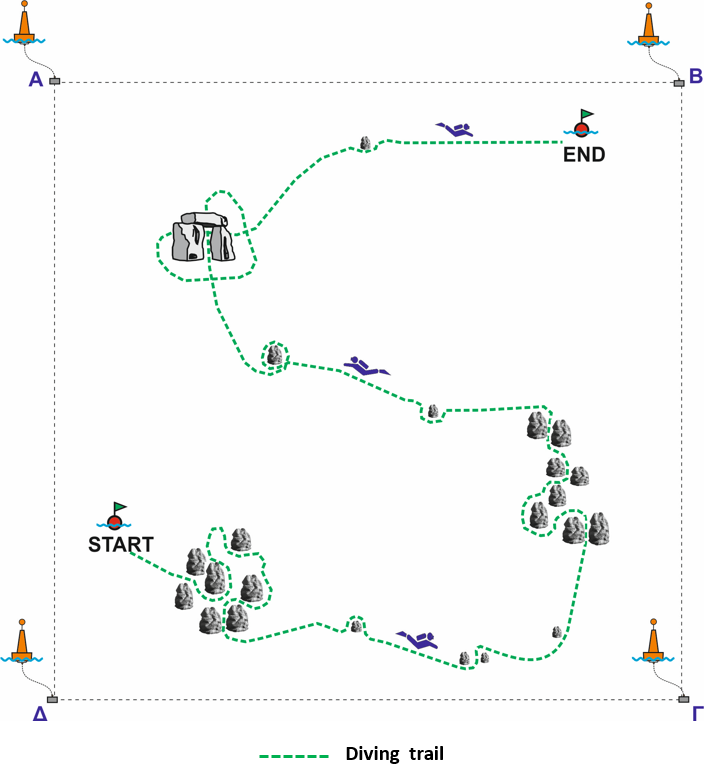-
HCMR ARTIFICIAL HABITATS
An innovative concept for the protection of marine biological
resources and the promotion of recreational diving tourism
Development Timeline
-
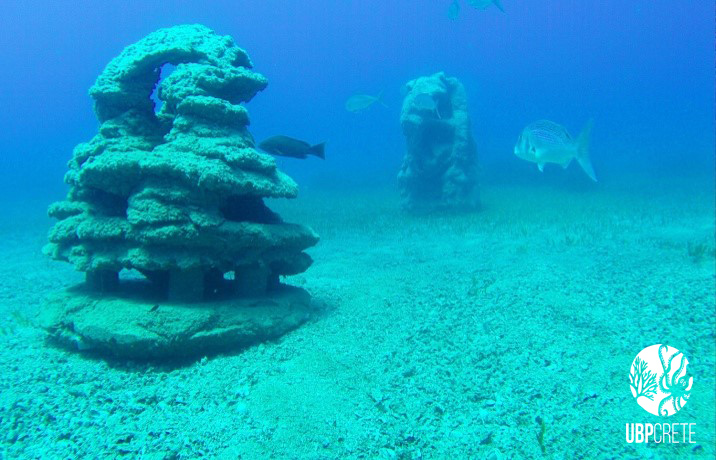
HCMR ARTIFICIAL HABITATS
An innovative concept for the protection
of marine biological resources
and the promotion of
recreational diving tourism
Development Timeline

The growth of marine ecotourism has resulted in an ever-increasing environmental pressure and a decrease in biodiversity. This is clearly evident in destinations which have particular diving interest. These effects are mainly due to the presence of the divers themselves as they dive on natural reefs. It has been documented through direct observations that in almost each recreational diving many incidents of unintentional or deliberate contact of the divers with sensitive marine organisms may be recorded, resulting in injury or deaths of many organisms. The degradation of many underwater diving destinations because of the massive marine tourism necessitates the adoption of management measures aiming at decongesting visits, such as the reduction of the number of divers and the diverting of a proportion of visitors from sensitive marine natural areas of high ecological and aesthetic value.
One way to provide a solution is the creation of artificial underwater ecotourism attractions using specially constructed artificial habitats (reefs) in an attempt to simulate the functional and morphological characteristics of the sublittoral rocky substratum, known as natural reefs. The artificial reefs are deployed onto the seabed within the limits of specially designated areas aiming to increase abundance, biomass and diversity of local natural biological resources in order to attract visitors-divers interested in diving in such artificial structures.
Given the well-documented lack of artificial reefs capable of satisfying modern recreational diving requirements, the main objective of HCMR research was to overcome drawbacks and deficiencies of the designs that exist up to now with the construction of a new type of artificial reef dedicated to recreational diving. This innovative type of HCMR artificial reef mimics the form and the aesthetics of the natural reefs while fully retaining or even excelling their functionality. They provide an enhanced availability and heterogeneity of many microhabitats and refuges suitable for the attraction and final settlement of various benthic and benthopelagic organisms.
The innovative technology developed by UBPCrete research team is based on the construction of artificial habitats made of concrete that mimic perfectly the natural rocky reef habitat to such a degree that can substitute or even avert to some extent the modern trend of establishing diving parks in remote and environmentally sensitive natural reef areas characterized by outstanding ecological and conservation importance. By using this new technology, a large number of artificial underwater "oases" suitable for recreational diving can be installed on small parts of the seabed (20,000-30,000 m²), at relatively low depths (from 15 to 30 metres), close to main urban and touristic centres and in coastal areas that are not of any particular ecological, archaeological or fishing interests

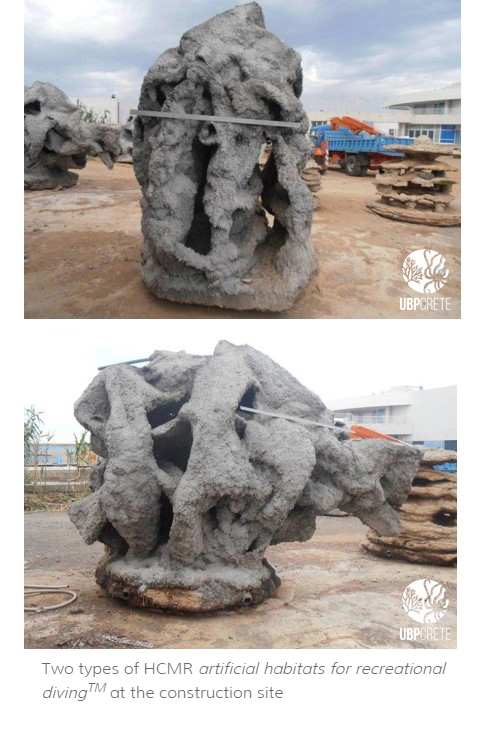
The development of a network of recreational diving oases presents many comparative advantages such as:
1. Installation of oases even in environmentally degraded coastal areas. Contribution to protect and upgrade the local environment. Recent research has shown a significant and in many cases irreversible environmental degradation in numerous natural diving destinations characterized by mass ecotourism
�2. Installation near large tourist and urban centres offers easy access and better control of diving activities
3. Provision of protection and upgrading of the neighbouring marine ecosystem, supporting marine biodiversity and increase of local fish stocks
�
4. Taking up only a small area of the seabed (2,5-3,0 ha) resulting in low cost rent from the state authorities
�5. Good safety provision with direct intervention in case of accident
�6. Saving time and fuel consumption during transfer of visitors - divers
�7. Ensurance of acceptance and simultaneously a harmonious coexistence with all other end-users of the coastal zone (development of mutual business and economic interests)
�
8. Low construction and maintenance costs
9. Opportunities for the deployment of complementary special types of artificial reefs (wrecks, aircrafts, etc)
10. Provision of opportunity for marine education and training activities, exercise and entertainment
HCMR Artificial habitat development timeline

